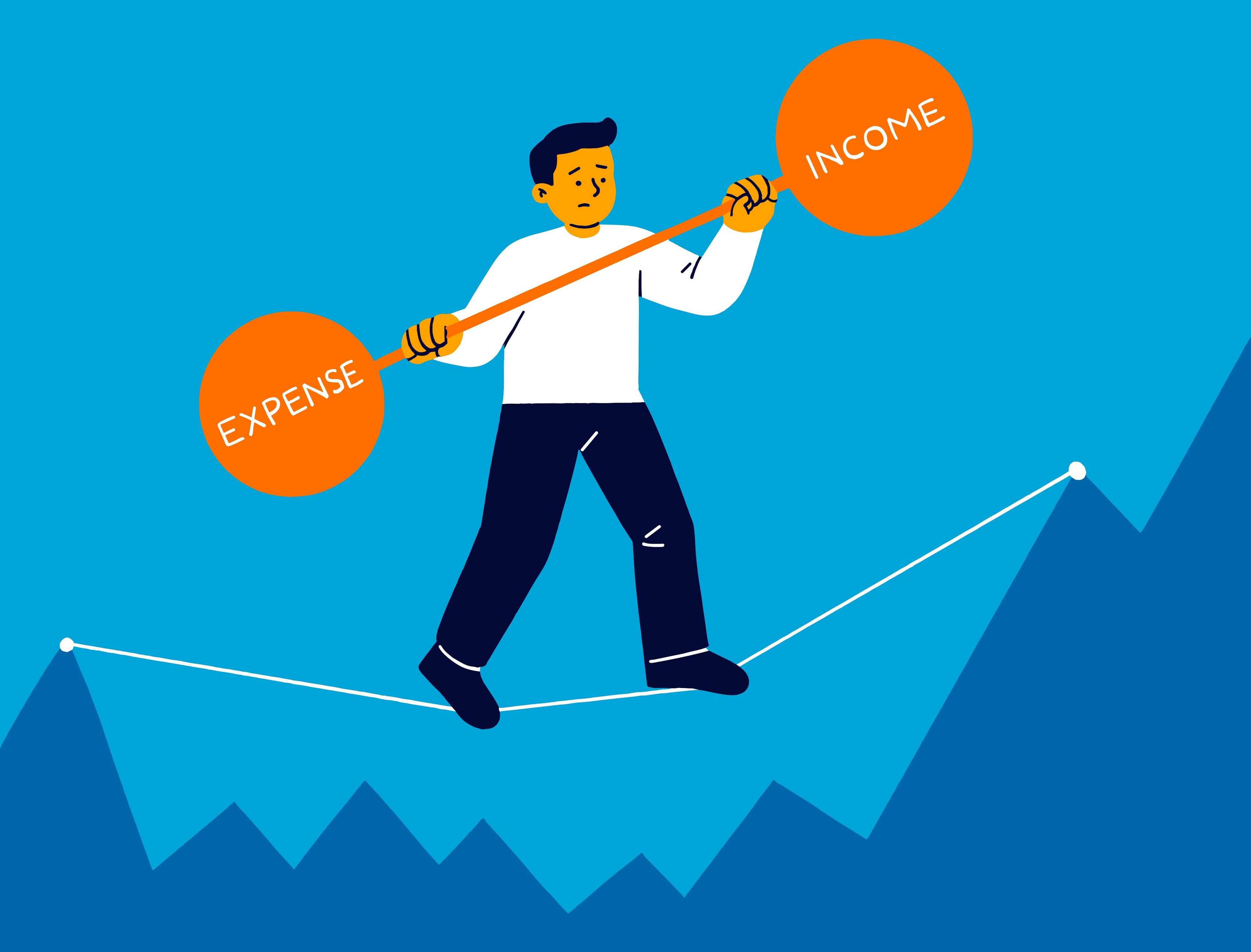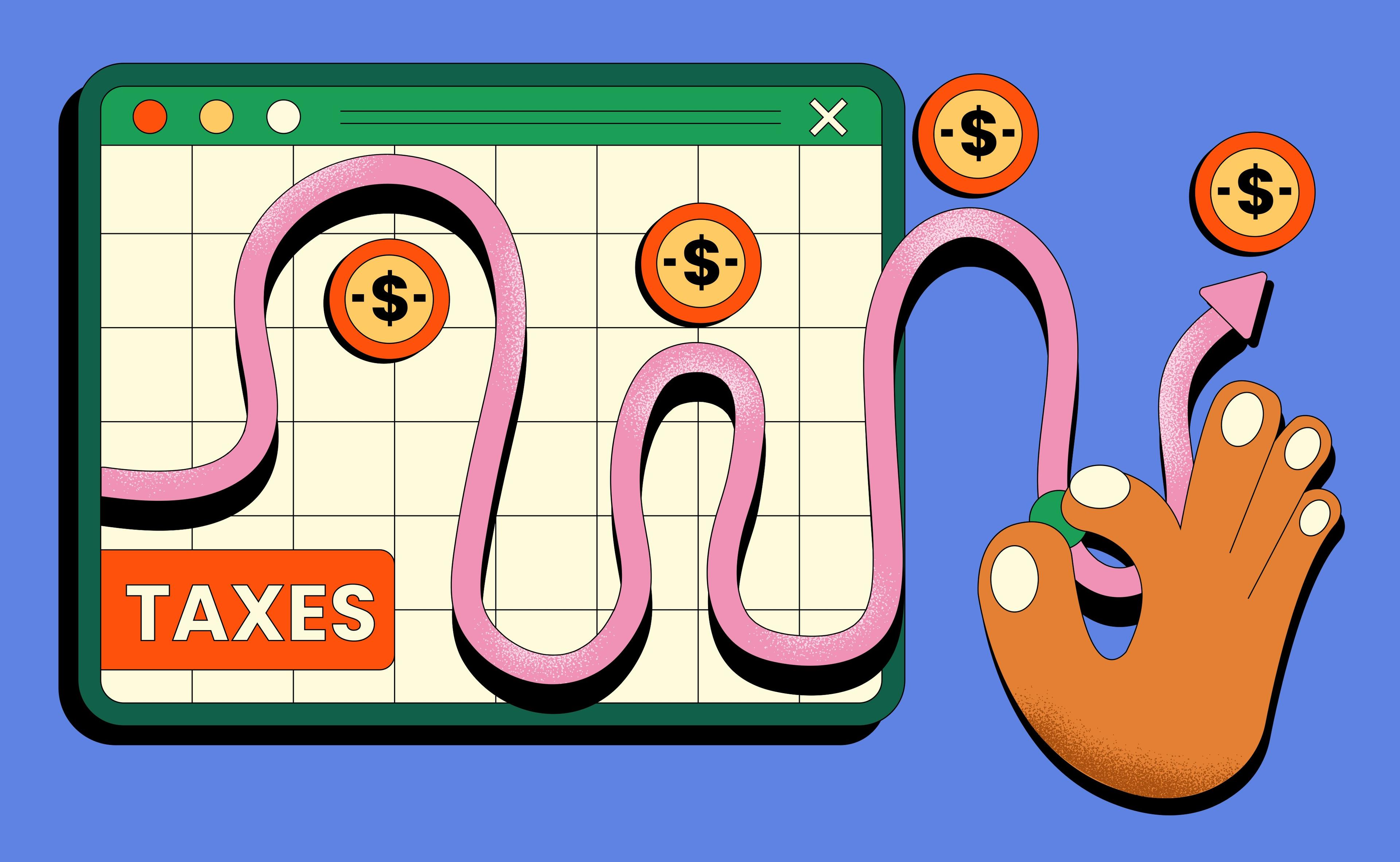If it feels harder to keep up with debt payments today than it did a few years ago, you are not imagining it. Across the United States, more households are falling behind on credit cards, auto loans, and student loans. Delinquencies have been rising, balances have been climbing, and many families who once managed to scrape by each month are now finding that the numbers simply do not add up. This is often framed as a story about overspending or poor discipline, but the reality is more complicated. A combination of higher prices, elevated interest rates, thinning savings, and returning obligations has reshaped the financial landscape, and many borrowers are trying to navigate a much steeper road with the same or only slightly higher incomes.
One of the biggest shifts has been the cost of everyday life. Inflation has slowed from its peak, but that only means prices are rising more slowly, not that they have fallen. Rent, groceries, utilities, childcare, and insurance all sit at a higher level than they did before the pandemic. Even when wages have risen, they have not always kept pace with these structural increases. For many families, especially those with lower incomes, the paycheck that used to cover essentials and leave some room for debt payments now barely stretches to rent, food, and transport. When unexpected costs appear, such as a medical bill or a car repair, there is often no spare capacity left. As a result, credit cards and other unsecured debts become the shock absorber, and a missed payment becomes less about carelessness and more about simple arithmetic.
At the same time, the price of borrowing has increased. In response to high inflation, interest rates were raised and then kept at elevated levels. For consumers, this shows up most clearly in credit card statements. Many cards now carry interest rates well into the double digits. When balances are high and interest rates are also high, even making the minimum payment may barely touch the principal. A small slip, such as skipping one payment during a difficult month, can lead to late fees and penalty rates that push the debt further out of reach. What might once have been a temporary setback can now turn into a long struggle to catch up.
Auto loans provide another example of this dynamic. Cars have become more expensive, loan terms are often longer, and borrowers with weaker credit scores tend to face the highest rates. A monthly car payment that already consumes a large slice of income leaves little room for error. If hours at work are cut or a household expense spikes, it is not always possible to keep every obligation current. For many people, the car is essential for getting to work, so they prioritize those payments and let other debts slip. Even then, some still fall behind on their auto loans because the original financing terms were stretched to the edge of what they could realistically afford.
Another key factor is the gradual disappearance of the financial cushion that many households built up during the pandemic. Government stimulus payments, temporary reductions in spending, and pauses on certain obligations gave families a rare opportunity to save or pay down debt. Those buffers helped many borrowers stay current when prices began to rise. Over time, however, those reserves were used to cover higher rents, medical costs, and everyday necessities. Savings rates have dropped back toward pre pandemic norms, and surveys suggest that many lower and middle income households have little or no emergency fund remaining. With that cushion gone, any disruption can push accounts into delinquency, and credit is used to bridge gaps that savings used to cover.
Student loans have also returned to the picture in a meaningful way. For several years, federal student loan payments were paused. Many borrowers reorganized their budgets around that relief and became accustomed to not having that monthly bill. Once payments resumed, those same borrowers had to find room in their budgets for amounts that can rival a car payment or a significant portion of the rent. For people whose incomes did not increase enough to cover that new line item, something else needed to be reduced. Some chose to cut back on credit card payments to make room for student loans. Others did the opposite, keeping up with housing and everyday bills and allowing their student loans to fall behind. Either way, the total burden of obligations has risen, and the system has become more fragile.
The impact of these changes is not evenly distributed. Borrowers with strong credit scores, stable incomes, and substantial savings are often still able to manage their payments, even in a tougher environment. They may feel squeezed, but they can usually adjust spending or tap reserves when necessary. For nonprime borrowers, the situation is very different. People with lower credit scores tend to face higher interest rates, stricter terms, and fewer options when they run into trouble. They are also more likely to work in sectors with variable hours or less job security, and they often have smaller savings buffers. As a result, increases in prices and rates hit them hardest, and delinquency rates rise fastest in these groups and in lower income neighborhoods.
Under this pressure, many households have quietly reorganized the way they prioritize bills. Housing costs, whether rent or a mortgage, usually sit at the top of the list. Keeping the lights on, paying for heating or cooling, and maintaining access to water and internet often come next. For many workers, a car payment is treated as essential because it directly affects the ability to earn a living. When income is insufficient to cover everything, unsecured debts like credit cards and personal loans become the flexible part of the budget. Those are the payments that get reduced, delayed, or skipped. From a human perspective, this triage is understandable. From a financial perspective, it shows up as rising delinquency and default statistics on those products, followed by credit score declines that make future borrowing even more expensive.
In the background, broader economic and policy choices shape this environment. Keeping interest rates higher for longer is part of a deliberate effort to control inflation, but it also means consumers face a prolonged period of expensive credit. Labor markets remain relatively strong in many regions, yet individual experiences vary. Some industries are adjusting through layoffs, reduced hours, or slower wage growth, and those changes hit real families with real bills. Prices for big ticket items such as cars and housing are influenced by supply constraints, building costs, and trade policies, which are well outside any individual borrower’s control. These forces create a context in which even disciplined, careful households can struggle when circumstances shift.
If you are feeling the weight of your own payments, it is important not to reduce the situation to a story about personal failure. The trend of more Americans struggling with debt payments reflects a system where many factors moved in a difficult direction at once. Prices rose and stayed high, interest costs climbed and remained elevated, savings cushions thinned out, and paused obligations resumed. This does not erase the need to make deliberate choices about spending and borrowing, but it does explain why so many people who once managed to stay ahead are now falling behind.
Recognizing that context can be the first step toward building a more realistic plan. Instead of asking why you cannot manage what was once manageable, it may be more useful to ask what can be adjusted given today’s conditions. This might involve examining which debts carry the highest interest and deciding how to pay them down at a sustainable pace, even if progress feels slower than you would like. It might mean reconsidering new commitments, such as taking on another loan or signing a more expensive lease, until your monthly budget feels less fragile. It can also include rebuilding even a small emergency fund, so that the next unexpected expense does not automatically become credit card debt.
Communication can play a role as well. Many creditors offer hardship programs, temporary interest reductions, or modified payment schedules, but these options are more accessible if you reach out before accounts fall deeply behind. Having an honest conversation with yourself and, if needed, with a trusted advisor about your bill hierarchy can help you decide which payments must be protected at all costs and where there is room to negotiate. The aim is not perfection but stability: a plan that works through this cycle, not just during easier periods.
The broader picture is that rising delinquencies are a signal, not just a statistic. They reveal how vulnerable many household budgets were even before this period of higher costs and rates. They highlight the importance of policies that address affordability and resilience, not only access to credit. For individual borrowers, the message is that you are not alone in feeling the pressure, and you are not imagining how much the landscape has changed. While you cannot control interest rates or national inflation, you can take incremental steps to adapt your own plan to this new reality. Progress may be slower and less dramatic than the stories we often hear, but in an environment like this, small, consistent improvements are a meaningful form of financial strength.














